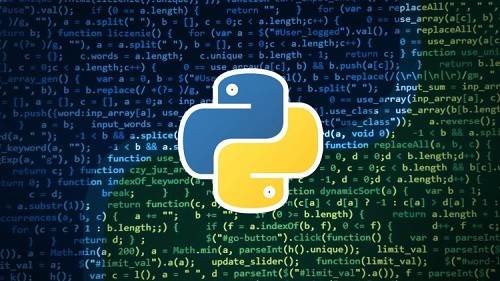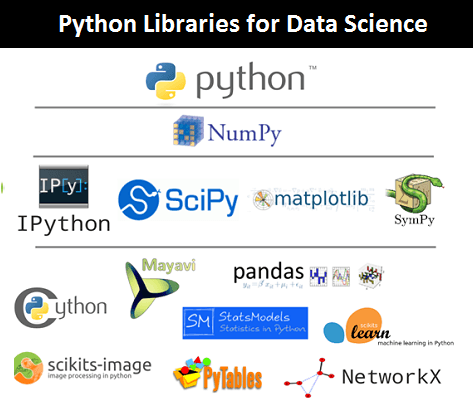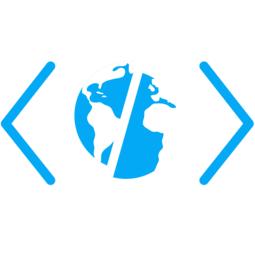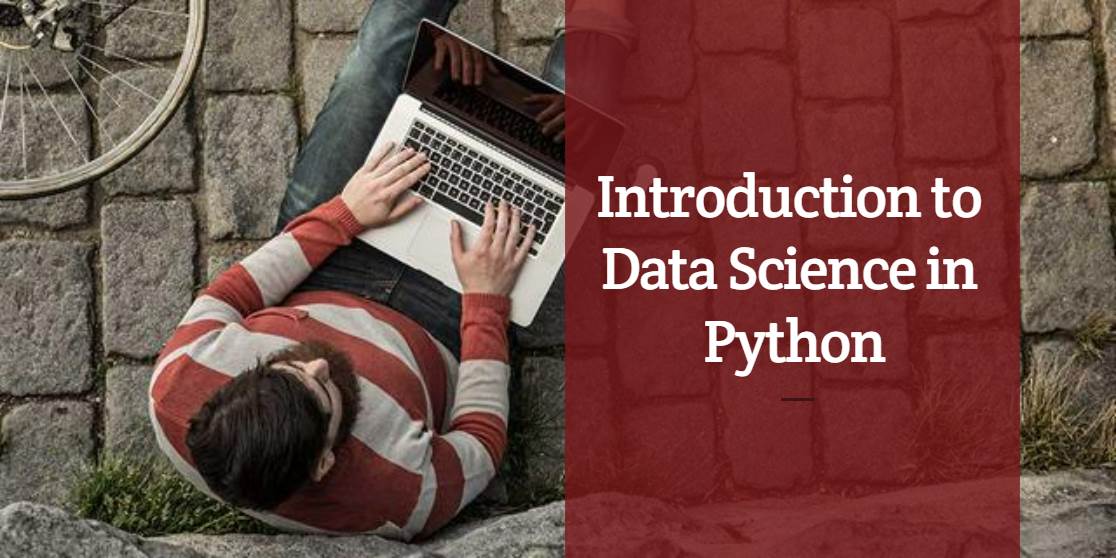When beginning with Python and SQL and employing both languages, you will cover 99% of the data science and analytics problems you’ll have to deal with in the future. Currently, why would it be worth learning Python for Data Science? It's easy and enjoyable.
It has many bundles as appropriate for more easy analytics endeavors (e.g., segmentation, cohort investigation, explorative analytics, etc.. ) as complex Data Science endeavors (e.g., building machine-learning models). The project marketplace begs for much more information professionals together with strong Python knowledge. If you're interested in doing a Data Science Course, be sure to visit AlmaBetter.

What is Python?
Primarily, Python is a general-purpose programming language. Also, it is perhaps not limited to data science. This usually means you don't need to know every portion of it for a fantastic data scientist. If you undergo Python Data Science Training and know the essentials well, you are going to comprehend additional programming languages that will be very convenient
Second, Python is a high-level language. This ensures that about CPU-time it is perhaps maybe not the very used language on Earth. However, on the flip side, it had been designed to become simple, “user-friendly" and simple to translate. So what you may lose on CPU-time, you may triumph back on technology period.
Below we'll share such capabilities of python rendering it the most preferred terminology for science.
- An easy and simple to discover a terminology that accomplishes an effect of fewer lines of code compared to other languages such as R. Its simplicity makes it robust to manage complex scenarios with simple code and even less confusion over the typical flow of this app.
- It's cross-platform. Therefore the identical code works in numerous environments without having any shift. This helps make it perfect to be utilized within a multi-environment installation readily.
- It implements quicker compared to other languages employed for data investigation including R and MATLAB.
- Its excellent memory control capability, notably garbage collection may make it versatile gracefully managing a considerable level of data conversion, cutting, dicing, and visualization.
- Above all Python has an extensive group of libraries that function as special purpose investigation tools. As an example -- that the NumPy package handles scientific computing, also its particular variety needs much less memory compared to the normal python set for processing numerical data. Moreover, the amount of these bundles is always growing.
- Python has bundles which may directly make use of the code from different languages such as Java or even C. This aids in optimizing the code operation using the present code of different languages, yet whenever it provides an improved result.
Why if you know Python for Data Science?
In Terms of learning Data programming, you ought to give attention to those four languages:
- SQL
- Python
- R language
- Bash
It is constructive for those who have sufficient time to learn each of the four. However, if you're newer for the area, you've got to select a couple of first.
The programming demands of information that science require an extremely versatile yet elastic language that's easy to publish the code but has the potential to handle exceptionally complex mathematical communicating.

Python is suited to these conditions since it's brought itself both as terminology for overall computing in addition to computing. What's more, it's always updated in the kind of a fresh addition to the own plethora of libraries directed toward different programming conditions.
1. Learn Python Basics
You can certainly do this anywhere very. I utilized Dataquest once I had been learning - I enjoyed the interactive tutorials, so '' the ‘learn by doing' approach and their python basics content is liberated (Disclosure: I work for Dataquest).
2. Develop a miniature Job
Install Python for those who have not previously, and construct something - Any such thing! You may create a vital tool which takes some body's height and weight and also computes their BMI, or takes text input and outlines the number of characters and words.
The key here is to place what you've discovered to utilize, get stuck, and then push. Lots of men and women find it difficult to venture from whichever tutorial they genuinely are learning to do things on their own.
3. Learn About the Basic
There is three which you want to understand - NumPy, Pandas, along with Matplotlib. The very first two provide you powerful data visualization tools for coping with data in many measurements, and also the final will probably assist you in making data visualization.
Between both of these, they supply you with the capability to do such a thing that you may do in the glow, in Python.
4. Build greater projects
By this stage, you'll be getting into a real information science work. Maintain building! Locate some interesting data sets and make use of what you've heard - find any interesting data points, plot some data.
Further, you'll perform the quicker it's going to get. A Significant bonus is to come across some data sets which can be interesting for you. If you want sports, then find some sports brings about work together - if you are into politics, then there are hundreds and hundreds of data sets published by authorities round the universe.
5. Learn Machine Learning
The most widely employed Python Machine-learning library is Scikit learn. Scikit-learn themselves have a very excellent tutorial within their instruction. However, there are lots of them on the market. Machine learning can be a considerable area; therefore, make an effort not to get inundated.
Focus on linear regression, and once you are comfortable to expand to additional models, much like previously, after you can build something.







